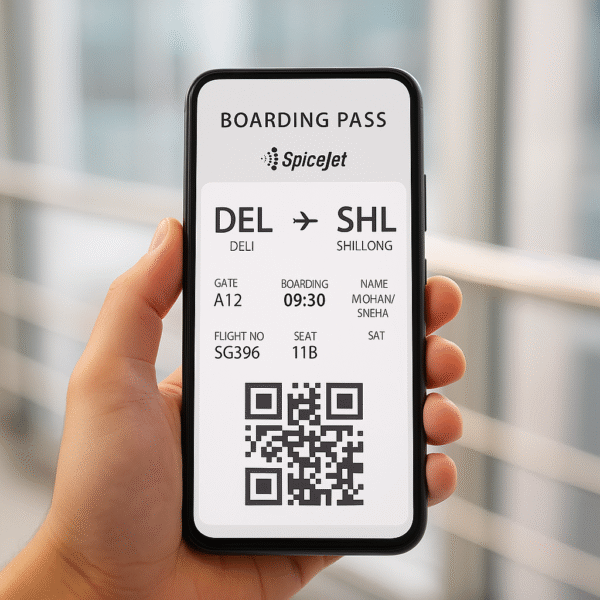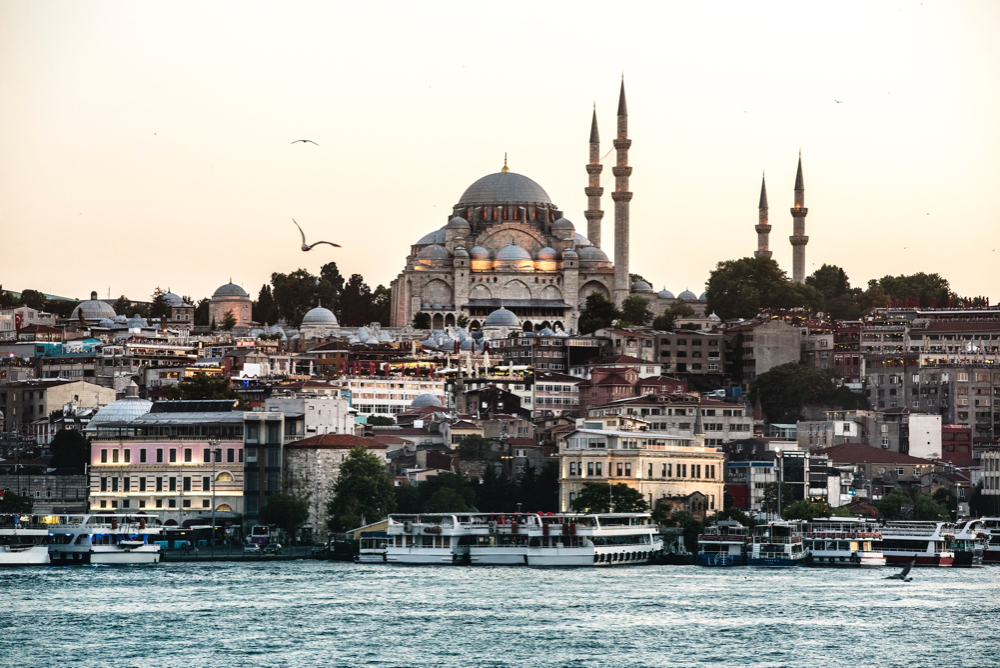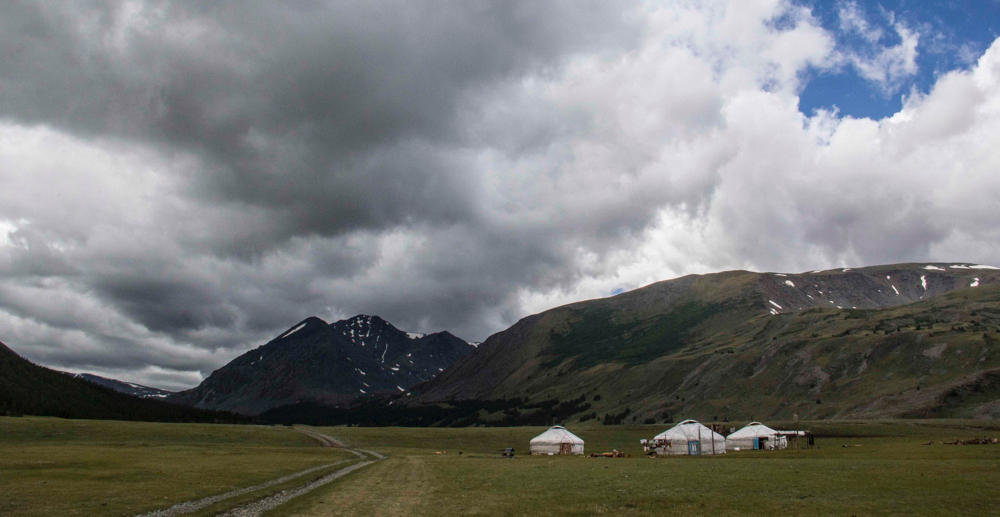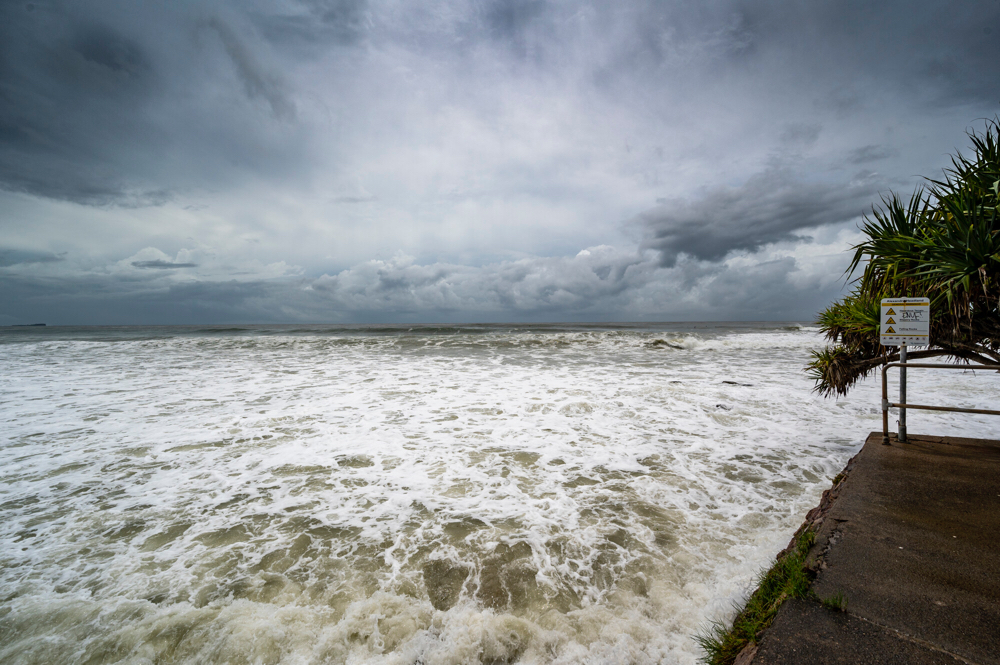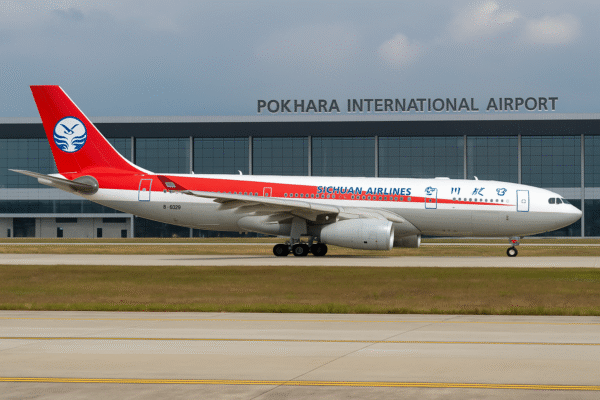Thousands of music fans attending the much-anticipated Oasis reunion concert at Heaton Park were caught in a travel nightmare as a major incident on the M6 motorway led to widespread delays and traffic chaos across North Staffordshire. The disruption was caused by an overturned lorry that blocked both directions of the M6 between junctions 15 and 16—critical routes for motorists returning from Manchester to southern regions.
The crash, which occurred shortly after 9:10 p.m., coincided with the end of the sold-out concert and created a perfect storm for post-event congestion. With both northbound and southbound lanes closed, National Highways and emergency services scrambled to manage the fallout as thousands attempted to return home.
Overturned Lorry Between Junctions 15 and 16 Paralyzes Motorway
The lorry overturned near Stoke-on-Trent—an essential corridor for north-south travel in England. National Highways quickly shut the affected section of the motorway to facilitate rescue and recovery efforts, urging travelers to find alternate routes and expect delays.
Despite diversions being set up via the A500 and surrounding road networks, congestion quickly built up. Traffic data from Inrix and local monitoring systems reported multi-hour delays. Motorists unfamiliar with the region faced additional stress as diversions pushed vehicles through densely populated areas, creating a ripple effect of delays across the greater Stoke-on-Trent area.
Heaton Park Concert Exit Magnifies Traffic Surge
The timing couldn’t have been worse. The Oasis concert at Heaton Park was one of Manchester’s largest music events of the summer, drawing attendees from across the UK. With an estimated 70,000 people in attendance, the motorway disruption created chaos for thousands relying on the M6 as their primary route home.
Social media platforms quickly filled with frustrated concert-goers sharing real-time footage of bumper-to-bumper traffic and delayed arrivals, some of whom did not return home until the early hours of the morning. The post-event spike in traffic coupled with the lorry crash brought travel to a virtual standstill.
National Highways Responds with Real-Time Updates and Diversions
Highways England (now operating as National Highways) responded with rolling updates on X (formerly Twitter) and their live traffic service. A spokesperson confirmed the motorway closure between junctions 16 and 15 and urged drivers to delay travel or reroute where possible.
“Due to the severity of the crash and vehicle positioning, both carriageways remain shut while emergency services work to clear the scene,” National Highways stated. The closure led to heavy traffic in Newcastle-under-Lyme and Crewe, as vehicles were redirected.
The incident also delayed freight and commercial transport vehicles, disrupting logistical operations between the Midlands and North West England.
Gridlock Highlights Weaknesses in UK Post-Event Transport Planning
This travel nightmare underscores a growing concern in the UK regarding inadequate infrastructure planning for large-scale events. While traffic jams are common after concerts and sporting events, the impact of a single incident—like a lorry overturning—revealed just how fragile the system can be when tested.
Experts are now calling for more proactive traffic management strategies, including advance warning systems, coordinated diversion protocols, and increased public transport availability to reduce reliance on private vehicles.
Dr. Tim Rogers, a transport infrastructure specialist at the University of Birmingham, noted: “We’re seeing a trend where event travel demand is colliding with ageing motorway infrastructure. These two systems aren’t yet designed to work in harmony.”
Stoke-on-Trent and Surrounding Areas Hit Hard
Local councils in Staffordshire and Stoke-on-Trent were forced to deploy additional traffic officers and make temporary changes to traffic light sequencing to accommodate the surge. Nearby A-roads, particularly the A500 and A34, experienced record congestion levels overnight.
Residents in towns like Talke, Tunstall, and Kidsgrove reported difficulty commuting even short distances due to redirected motorway traffic flooding local streets. Business deliveries and emergency services were also impacted.
Calls for Investment in Public Transport and Smart Traffic Solutions
In the wake of the incident, transport watchdogs and local government leaders are renewing calls for national investment in smart road infrastructure and better contingency planning. The UK’s growing appetite for major cultural and entertainment events must be matched with robust travel solutions, they argue.
Suggestions include temporary park-and-ride services for event days, designated event shuttle buses, and collaboration with rail operators to increase post-event service frequency. Importantly, contingency plans should account for unexpected motorway closures.
“Concert-goers shouldn’t have to suffer multi-hour delays because of a single incident,” said a Greater Manchester Combined Authority spokesperson. “It’s time we future-proof our roads and integrate event traffic planning more holistically.”
Moving Forward: What Authorities Can Learn
While the M6 eventually reopened in the early hours following the crash, the incident offers a clear lesson for the UK’s event and transport stakeholders. Comprehensive traffic forecasting, pre-event collaboration between venues and regional authorities, and real-time navigation support can significantly mitigate chaos.
In the short term, travelers are advised to check live traffic conditions via National Highways, use real-time navigation apps like Waze or Google Maps, and factor in possible delays when attending large events.
Conclusion: Travel Chaos Is Preventable with Better Planning
The M6 post-concert gridlock serves as a wake-up call for transport planners, local councils, and event organisers alike. While unexpected incidents like overturned vehicles can’t be completely prevented, their impact can be lessened with smarter planning and faster response mechanisms. For the thousands stranded on their way home from Heaton Park, this chaotic night may soon become a case study in what the UK must fix next.
For more travel news like this, keep reading Global Travel Wire


